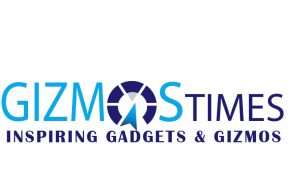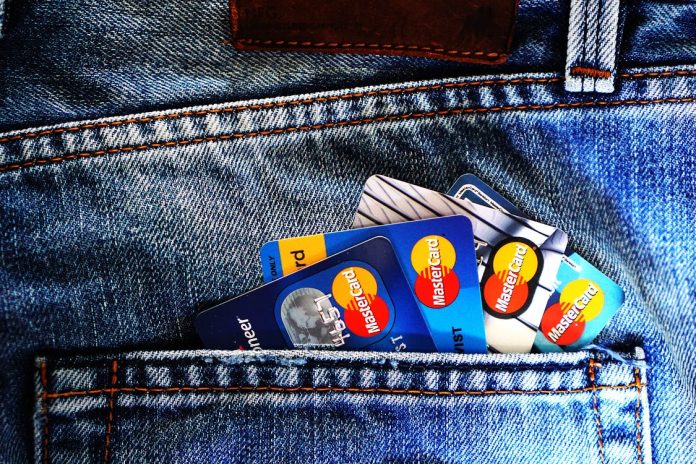The unpredictable economy has jobs and savings on the decline, while foreclosures and bankruptcies are on the rise. Economic misfortunes can leave your credit score at a sickeningly low number. Although it may take a while to get your credit back to where it was pre-economic crisis, it doesn’t take long to start seeing improvement. By making wise financial decisions, you can change your economic fate and start looking forward to a brighter financial future. Read on for a better understanding of what contributes to a bad and good credit score, as well as helpful tips for improving your score.
Understanding Your Credit Score
A credit score is what lenders look at to determine whether or not you are eligible for certain loans. The number is determined based on your payment history from previous credit cards, car and home loans, and any payment in general that is reported to the credit bureau. Credit scores range from 300 to 850, with 300 being the lowest and 850 being the highest. Lenders typically look at anything below 500 as risky and having a score in this range will likely result in either denial, or an outrageously high interest rate. Anything above 700 is considered to be a good credit score. Individuals with high credit scores will easily be approved for most loans and most likely be granted a low interest rate.
How to Improve Your Credit Score
If you are one of the victims of this tumultuous economy, it is likely your credit score could use a little TLC. Here are some helpful tips you can start using today to improve your score.
- Pay Down Debt — Excessive debt can negatively affect your credit score. If finances allow, try to pay down your debt with any extra funds you may have.
- Significant Errors — Check your credit report for any errors. Don’t let these mistakes go undisputed as they can have a pretty hefty impact on your score.
- See a Credit Counselor — If you are having trouble making ends meet and paying your credit cards on time, seek the financial advice of a credit counselor. They can help you figure out a payment plan that works for your budget and can get you on the right track to restoring your credit.
Follow these steps along with a budget that fits your individual financial situation and watch your credit score slowly but surely rise from embarrassingly low to impressively high.
How Debt Settlement Reduction Can Help You
It is possible to achieve debt relief through a combination of better budgeting and/or a debt relief program. If affordability cannot be achieved by reducing spending, debt repayments can be restructured. Unless the underlying problem is tackled, money problems will only get worse. Improved affordability is fundamental to becoming debt-free.
Improved Budgeting
A responsible provider will work with their client to see if improved budgeting can address the income/expenditure disequilibrium. This could involve reducing social expenditure or increasing income through a second job. Whilst not a panacea, nonprofit credit counseling services are able to assist up to 40% of their clients through better budgeting.
Unsecured Loan Debt and Credit Cards Vs Secured Debt
Anyone considering debt settlement reduction will need to establish the difference between secured and unsecured debt. A line of credit that is secured on an asset (car loan, mortgage) will not be eligible for debt relief. However, it is possible to negotiate credit card debt, unsecured loan debt, repossession deficiencies and unpaid medical bills.
How Debt Settlement Reduction Works
Should it not be possible to balance income and expenditure, a debt settlement solution can be used to improve both affordability and the client’s debt-to-income ratio. A professional advisor will negotiate with creditors to secure a reduction to the principal (amount owed) by up to 50%. A debt repayment plan is then devised to clear the remaining balance over a 12, 24 or 36 month period.
Debt Settlement Reduction Fees
The intermediary will normally charge a monthly fee of 15%. This means that if the client sends a payment of $300 to the intermediary, $255 will be distributed to creditors. Whilst nobody minds paying a fee for an excellent service, a number of debt settlement companies front-load fees. Paying fees in-advance should be avoided as it increases the amount owed and can lead to further problems.
A debt settlement reduction plan can help a client to tackle unsecured loan debt, unpaid medical bills and credit card debt. However, it is not appropriate for dealing with secured debts and student loans. Those who owe a smaller sum of money may wish to consider a Debt Management Plan. Always consult a qualified debt counselor before proceeding with a debt solution.




